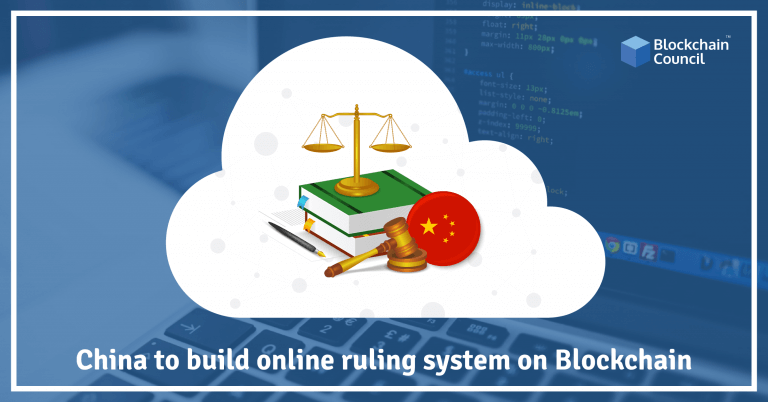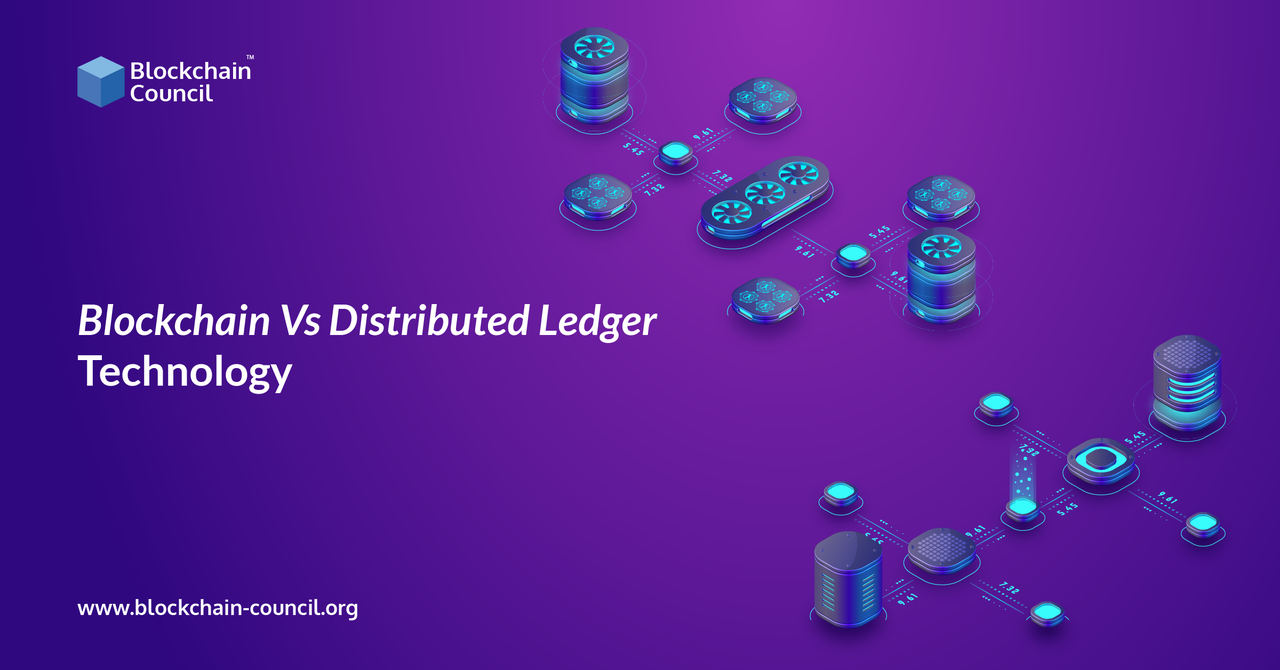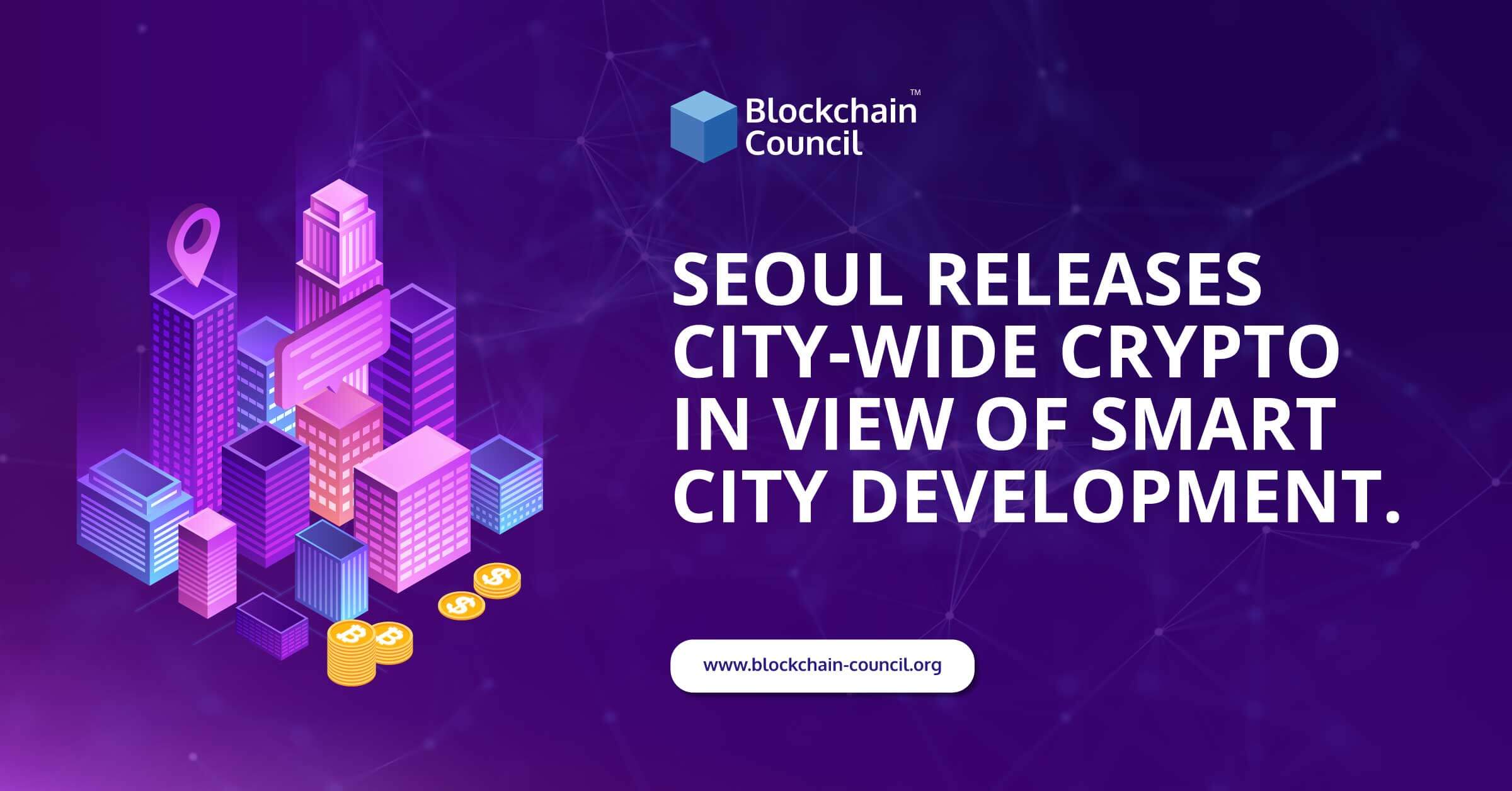
- Anshika Bhalla
- June 03, 2021

Blockchain has gotten an ample amount of appreciation in the most recent couple of years, with the potential to come across as an extraordinary power to transform businesses. Blockchain technology is a computerized record of an action that is copied and conveyed across the whole organization of the blockchain platform through computer networks. Sounds confusing, isn’t it? Truth to be told, Blockchain is much easier to understand than the above description.
For understanding the concept, it is feasible to look back at its historical background and learn about its origin to significant turns of events and innovations. Bits of knowledge into the background of Blockchain will assist us with addressing these queries like the exact meaning of the term, working environment, problems it can solve, and where it can be implemented. All these insights will help us to place the right expectations for its future.
Table of content
- What exactly is Blockchain?
- When did the Blockchain first appear?
- Who is behind blockchain technology?
- How is Blockchain created?
- Identifying a suitable Use-case
- Selection of Suitable Consensus protocol
- selection of a suitable platform
- Node designing
- Designing the Blockchain parameter configuration
- APIs
- Building admin and user Interfaces
- Adding smart technology
- Closing Thoughts.
What exactly is Blockchain?
A blockchain is a disseminated network that comprises computer systems associated with the Internet, which all together keep the account of transactions. In the Blockchain, one record is dispersed and protected across the system. Each computer in the group approves the exchanges. However, nobody has power over the network, not like various clients functioning in a centralized network.
A blockchain incorporates a sequence of blocks, which are information units used to store value-based data of the organization. To add a block into a blockchain, these steps ought to occur:
- When an exchange is performed, then it should be confirmed by a group of computer networks. The exchange should be compiled in a block; after getting approval from the network group. The digital signature of the sender and the receiver and the dollar’s value has to be stored in a block.
- A block should be given a hash to separate it from different blocks. This block additionally contains data of the hash of the newest added block into a blockchain. When hashed, this block can be put into the Blockchain.
- After the inclusion of a new block in the Blockchain, the complete information of this exchange will be public, and any user in the network can explore this exchange data, for example, who sent it? Who received it? Who added this exchange to the block? When did the exchange occur? And so on. The information is apparent and auditable yet not editable.
A block is only digital data. A “chain” is characterized as a common information base. In this way, when we say Blockchain – we intend to discuss the digital data which is kept in a public data set.
When did Blockchain first appear?
The very first appearance of Blockchain was seen in 2008. It was introduced by an individual named ‘Satoshi Nakamoto.’ Nakamoto improved the blockchain structure effectively, utilizing a Hashcash-like strategy to keep records of time and date of added blocks without expecting them to be endorsed by a central party and embedding boundaries to balance out the rate at which blocks were to be added to the chain. Next year, this blockchain structure was recognized as a central part of the cryptocurrency bitcoin, where it acts as the public record for all exchanges carried on the network.
In August of 2014, the size of stored records of all exchanges that have happened on the bitcoin blockchain network filled up to 20 GB. In January 2015, the size had reached nearly 30 GB. This size expanded from 50 GB to 100 GB between January 2016 to 2017. While reaching halfway to 2020, this record size exceeded 200 GiB.
Who is behind Blockchain technology?
It is essential to learn about the historical background of Blockchain for Blockchain supporters and Blockchain prospects. Thus, to help readers to comprehend the Blockchain advancement, let us learn the history of this technology:
1991-2008: Creation Period of Blockchain Technology
Blockchain emerged in 1991 when W. Scott Stornetta and Stuart Haber deliberated what the world has come to know as a “Blockchain.” Their early work included shaping a cryptographically secured blockchain where nobody could alter timestamps of records.
In 1992, they updated their technique to consolidate Merkle trees that improved proficiency hence providing the assortment of more reports on a solitary block. Nonetheless, in 2008, the term “Blockchain” began to acquire importance when Satoshi Nakamoto ingrained his idea of Blockchain in the blockchain space.
Satoshi Nakamoto is credited as the master of blockchain innovation. There is not much knowledge about Nakamoto as individuals speculate he could be a single person or a group that molded Bitcoin, the primary application of digital roster technology.
How is a Blockchain created?
Here are steps that are needed to create a blockchain:
Step 1: Identifying a suitable Use-case
There are three use-cases where blockchains do very well:
- Data Authentication and Verification: It focuses on encryption, inflexible storage and digital signatures, creation of private and public keys, and verifying digital signatures.
- Smart Asset Management: This focuses on disbursement, revenue, trade, bond, and retirement. In crypto, real-world properties are represented in the form of a token, for example, land, infrastructure, gold, silver, oil.
- Smart Contracts: This focuses on trade between dealer and buyer with smart contracts.
Step 2: Selection of Suitable Consensus Protocol
Depending on your requirements, you need to choose the right consensus protocol among:
- Deposit based consensus
- Proof of stake
- Delegated Proof of Stake.
- Derived PBFT
- Byzantine fault-tolerant
- Federated Byzantine Agreement
- Redundant Byzantine Fault Tolerance
- Federated consensus
- Proof of Elapsed Time
- Simplified Byzantine Fault Tolerance
- Round Robin
Step 3: Selection of a Blockchain Platform
This depends on your choice of consensus protocol. Many of them are cost-free and open source. Here are some examples:
Ethereum, Hyperledger Fabric, Quorum,
HydraChain, Stellar, Hyperledger Iroha,
Open chain, Hyperledger Sawtooth Lake, and many more.
Step 4: Node designing
Blockchain systems can be designed as private/public, permission-less as well as with permission, or even hybrid.
Another important factor to be considered at this step is whether the nodes are running on-premise or in the cloud. Also, the selection of operating systems and tasks related to hardware configuration such as processors, and memory and disk size is to be done in this step.
Step 5: Designing the Blockchain Parameter Configuration
Usually, blockchain platforms require a thoroughly plotted configuration for elements like permissions, atomic trades, key management, asset issuance, multiple signatures, address formats, hand-shaking, etc.
Step 6: APIs
Most platforms offer pre-built APIs, while others don’t. The issues that you’ll need APIs for are:
- For developing keys and addresses.
- Conducting auditable processes.
- Performing data verification by using hash and digital signatures.
- For holding data and its recovery.
- Managing smart-asset, I.e., distribution, bond, donations, business, etc.
- Creating smart contracts.
Step 7: Building admin and user Interfaces
At this step, you’ll select the programming languages. You’ll also have to pick external databases and servers.
Step 8: Adding smart technology
Boost the potential of your Blockchain solution with the addition of Artificial Intelligence (AI), cloud, data analytics, biometrics, machine learning, and bots.
Closing Thoughts
The Blockchain provides amazing advancements in security, decentralization, transparency, and unchangeable data. These qualities make it a perfect tool for future applications.
It has marked its territory in many industries, and many more yet have to embed it.
Learn more about blockchain technology and take up a suitable blockchain course at Blockchain Council.





































































 Guides
Guides News
News Blockchain
Blockchain Cryptocurrency
& Digital Assets
Cryptocurrency
& Digital Assets Web3
Web3 Metaverse & NFTs
Metaverse & NFTs
